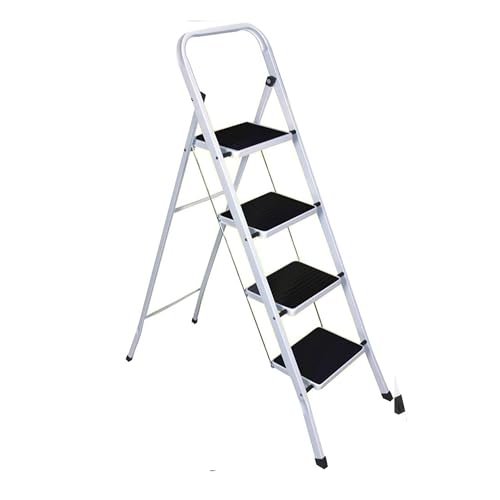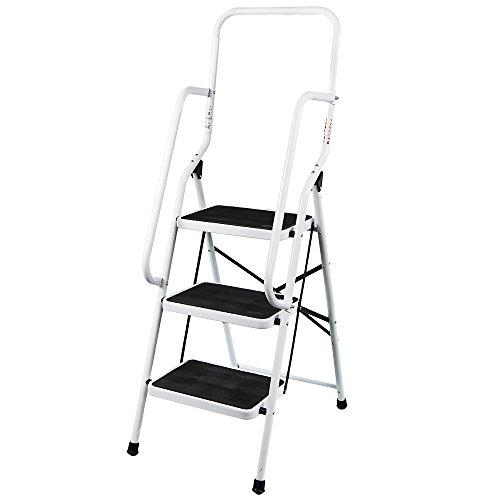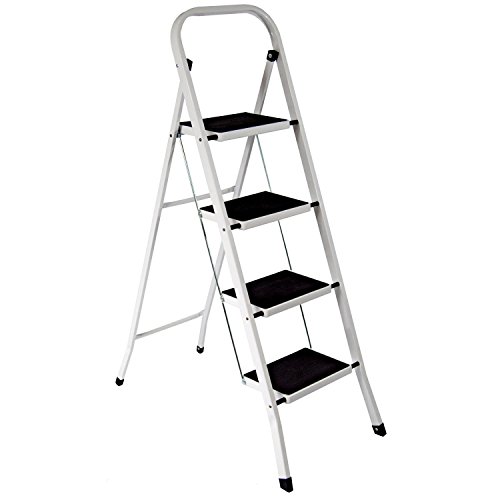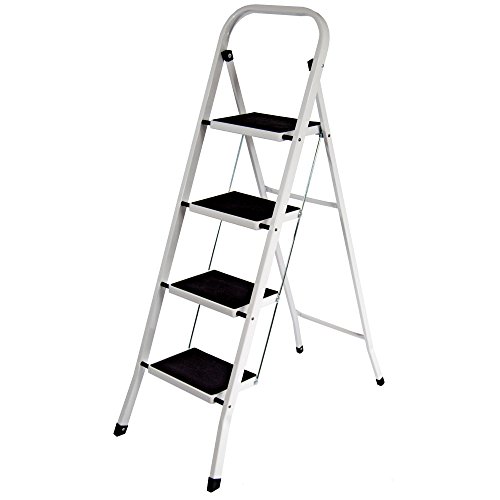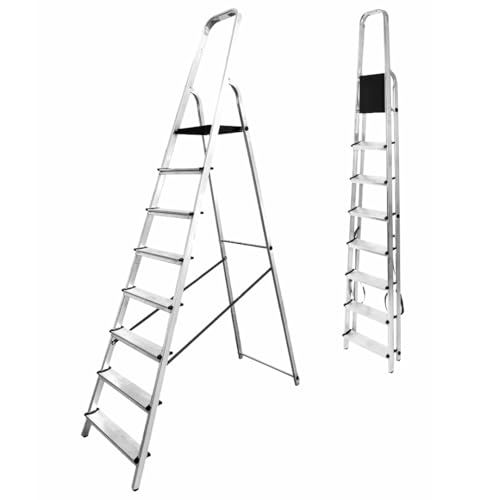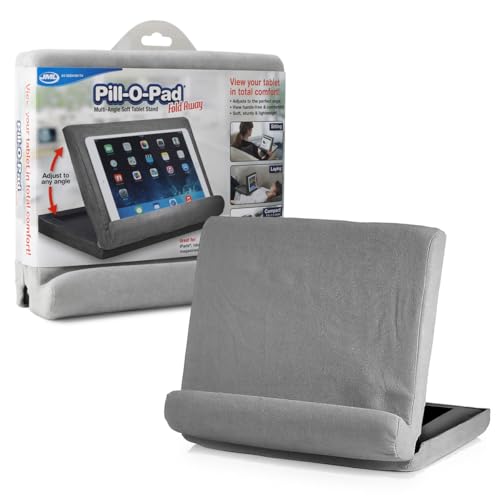Understanding the Different Types of Step Ladders
Varieties of Step Ladders
When we’re looking at step ladders, it’s important to know that there are several types available, each tailored for specific needs. The most common types include the A-frame ladder, which is perfect for tasks where stability is key, such as painting or reaching high shelves. We also have the extension ladder, ideal for outdoor tasks like gutter cleaning, as it can reach impressive heights by extending its length. Folding ladders, on the other hand, are designed for easy storage and portability, making them a great choice for home users who need a lightweight option for occasional use. Lastly, multi-position ladders combine various functions, allowing us to use them in different configurations, which adds versatility for diverse tasks.
Which Type Suits You Best?
The best type of ladder for you depends on how you plan to use it. If your work is mainly indoors, an A-frame ladder with a few steps should suffice for most home improvement tasks. For outdoor jobs or higher elevation needs, consider a sturdy extension ladder. Multi-position ladders provide great flexibility, which could be especially beneficial if you anticipate varying tasks around the house or garden.
Key Features to Look For in a Step Ladder
Material Matters
Step ladders can be made from various materials, but the most common are aluminium and fibreglass. Aluminium ladders are lightweight and great for easy manoeuvrability, while fibreglass offers higher durability and is non-conductive, making it safer for electrical work. When we choose, consider what tasks we will perform frequently and whether portability or durability is more important.
Weight Capacity
We should also pay attention to the weight capacity of the ladder. Most ladders come with a specified weight limit, typically between 150 to 300 kg. It’s essential that we factor in our own weight along with any tools or equipment we might be carrying while using the ladder. By selecting one with a higher weight capacity, we ensure safer usage.
Step and Rung Design
The step design also plays a significant role in safety and comfort. Non-slip treads provide extra grip, especially when the ladder might be wet or dusty. Wider steps can enhance comfort during prolonged tasks, so it’s worth checking step dimensions and materials before making a purchase.
How to Choose the Right Step Ladder for Your Needs
Determine Your Requirements
Identifying our specific needs is the first step in selecting the right step ladder. Consider the height we need to reach, the frequency of use, and whether we will use it indoors, outdoors, or both. This assessment helps us narrow down our options significantly.
Assess Space and Storage
We should also evaluate the space where we intend to store the ladder. If storage space is limited, a folding or compact ladder would be ideal. Alternatively, if we have room to accommodate a larger ladder, we might opt for a multi-position ladder that can be adjusted as needed.
Test Before You Buy
Whenever possible, we should test the ladder in-store to assess its stability and comfort. Climbing a few steps can help us gauge the feel of the ladder and ensure it meets our expectations for ease of use.
Safety Tips for Using Your Step Ladder
Setting Up Correctly
Before climbing, it’s crucial that we position the ladder on a stable, flat surface. Avoid using it on uneven ground or surfaces that could shift, as this dramatically increases the risk of accidents. If using an extension ladder, make sure it’s securely locked into position.
Proper Climbing Techniques
As we climb the ladder, we should always maintain three points of contact: two hands and a foot or two feet and a hand. This practice drastically improves stability. Additionally, it’s advisable to keep our body centred between the ladder’s side rails, as leaning can lead to tipping.
Monitor Surroundings
We must also be attentive to our surroundings while using the ladder. Ensure that the area below is clear of obstacles and that no one is walking underneath us. Proper outreach also means avoiding over-reaching or stretching to the sides while on the ladder, as this could disturb our balance.
Care and Maintenance for Longevity of Your Step Ladder
Regular Inspections
To ensure our step ladder remains safe and functional, it should undergo regular inspections. Check for any cracks or damage, particularly at the joints and hinges. Additionally, examining the steps for wear and tear will help us identify if it’s time for replacement.
Clean and Protect
We should also clean our ladder periodically to prevent dirt buildup which can lead to slips. If our ladder is made from aluminium, a gentle wipe with a damp cloth is usually enough. For fibreglass models, avoid harsh chemicals that might damage the material. Finally, if we store our ladder outdoors, using a protective cover can shield it from the elements.
Store Properly
Storing our ladder correctly can greatly influence its lifespan. Ideally, ladders should be stored standing up in a dry location to prevent warping. If we need to stack ladders or store them in tight spaces, ensure they’re securely placed to avoid accidental falls.

